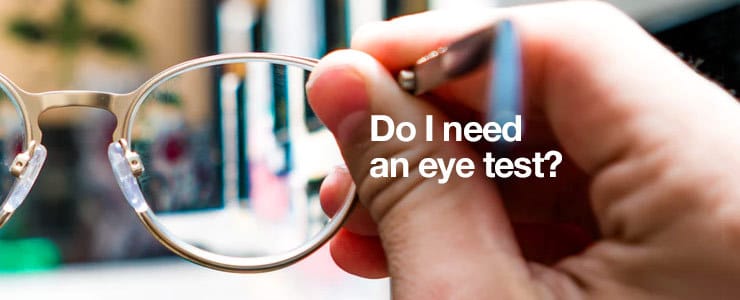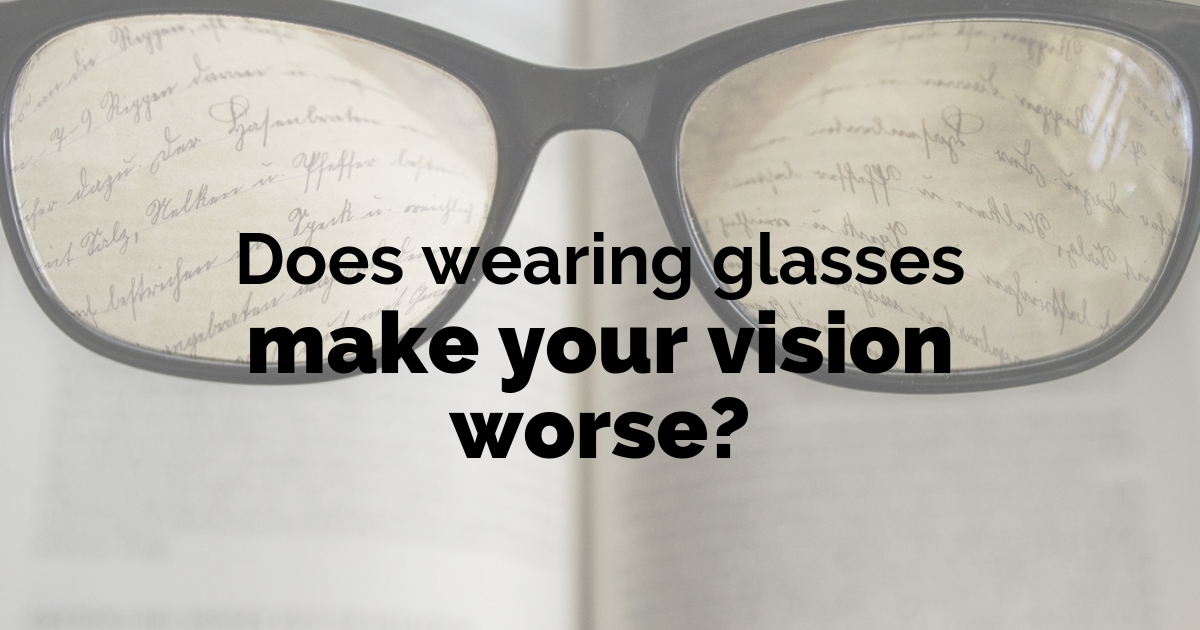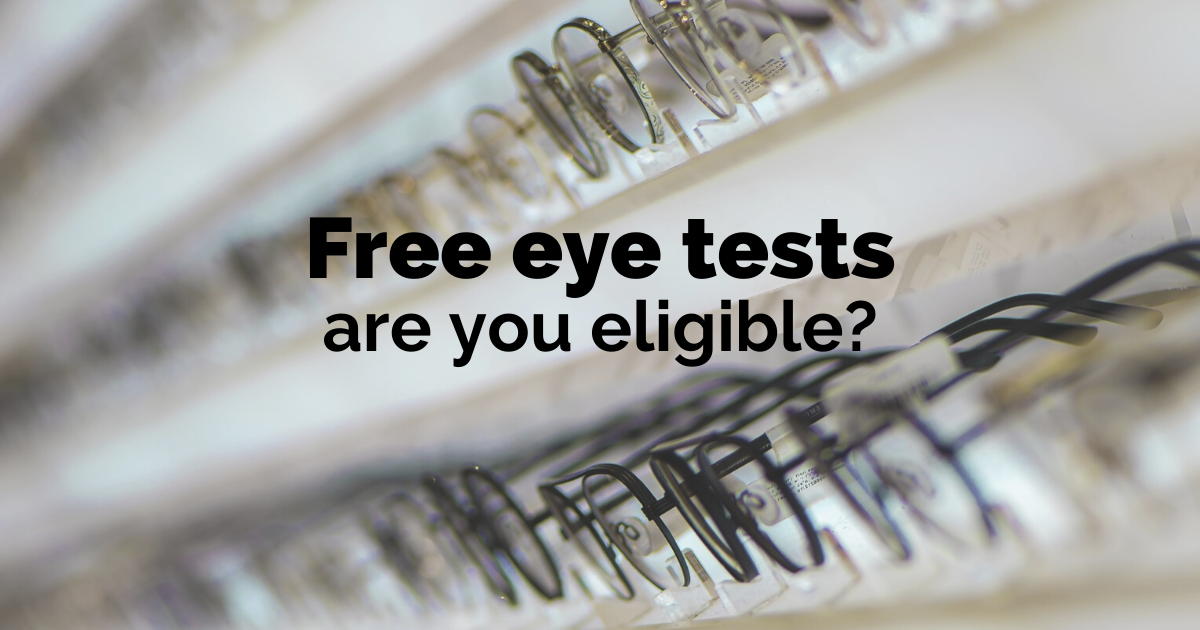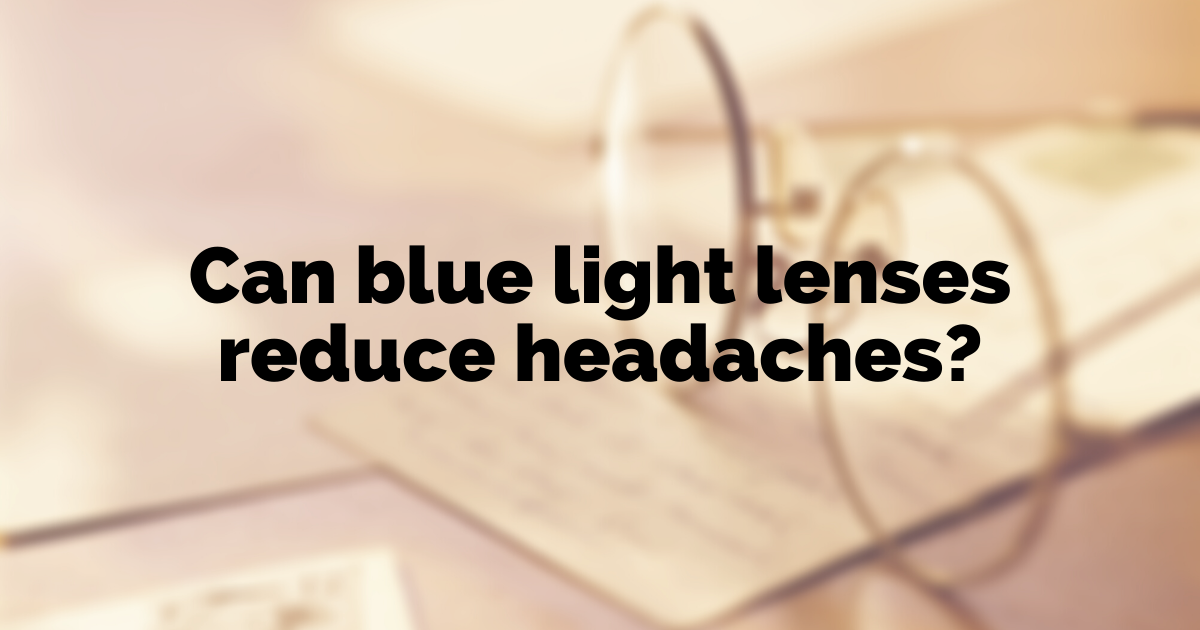Eye tests
It’s unlikely that you think about your eyesight on a daily basis as it tends to deteriorate gradually over an extended period of time. However, having regular eye tests helps to identify and track these gradual changes and is especially important in diagnosing any signs and symptoms of eyesight problems.
In our blog post, find out more about how often you should be visiting your optician, and how long between eye tests you should leave, to the various signs and symptoms you should keep an eye out for.
Do I need an eye test?
There are various symptoms of eyesight problems which can help you spot when you might need an eye test. These include but are by no means limited to:
- Sudden, severe pain in or near your eyes
- Blurred, fuzzy or double vision
- Bright floating spots or ‘spider webs’
- Seeing rainbows around lights
- Sensitivity to light or glare
- Red, swollen eyes
- Itching or heavily watering eyes
- A sudden change in vision
- Under-reaching or overreaching when picking up objects
- Squinting or tilting your head to try and focus
- Difficulties identifying different colours
- Reading at an angle or moving the text nearer or further from your face
- Changes in your vision at night
- Suffering from headaches and migraines
How often do I need an eye exam?
In the same way that it’s important to visit your doctor or dentist for a check-up, you should make sure not to miss or forget about having your eyes tested. It is recommended that you book an appointment with your optician if you are ever concerned about your eyesight, or if you’re suffering from any signs or symptoms of deterioration.
Aside from these cases, an acceptable time between eye tests is often considered to be a period of every two years for adults. Children should visit their optician every year, especially if they’re already wearing prescription glasses.
On the other hand, there are some exceptions. If you fall into any of the following categories, you should speak directly with your optician, to find out how often you need to go for an eye test:
- If you’re aged over 40 and have a family history of eye diseases, such as glaucoma
- If you’re aged over 70
- If you suffer from diabetes
How often can I have a free eye test?
You may be eligible to register for a free eye test under the NHS every two years. You may even be provided with a voucher to lower the cost of prescriptions glasses.
Some of the groups which may be eligible for a free eye test under the NHS include:
- Under 16s
- Individuals who are registered as blind or partially sighted
- Individuals who suffer from glaucoma or diabetes
- Individuals who receive Universal Credit and meet the set criteria
- Those who meet the criteria for a complex lens NHS voucher
Click here to see the full list of whether you qualify to receive free NHS eye tests.
If you’ve recently had an eye test and have been prescribed to wear glasses for the first time, or if you have had a change in your prescription, you may be wondering ‘what glasses suit my face shape?’. Visit our face shape guide to find see which men’s frames and women’s frames are best for your face shape.

 An interview with James Moon, Founder of Sight2Save
An interview with James Moon, Founder of Sight2Save Does wearing glasses make your eyes worse?
Does wearing glasses make your eyes worse? Who is entitled to a free eye test?
Who is entitled to a free eye test? Can blue light lenses really reduce headaches?
Can blue light lenses really reduce headaches?